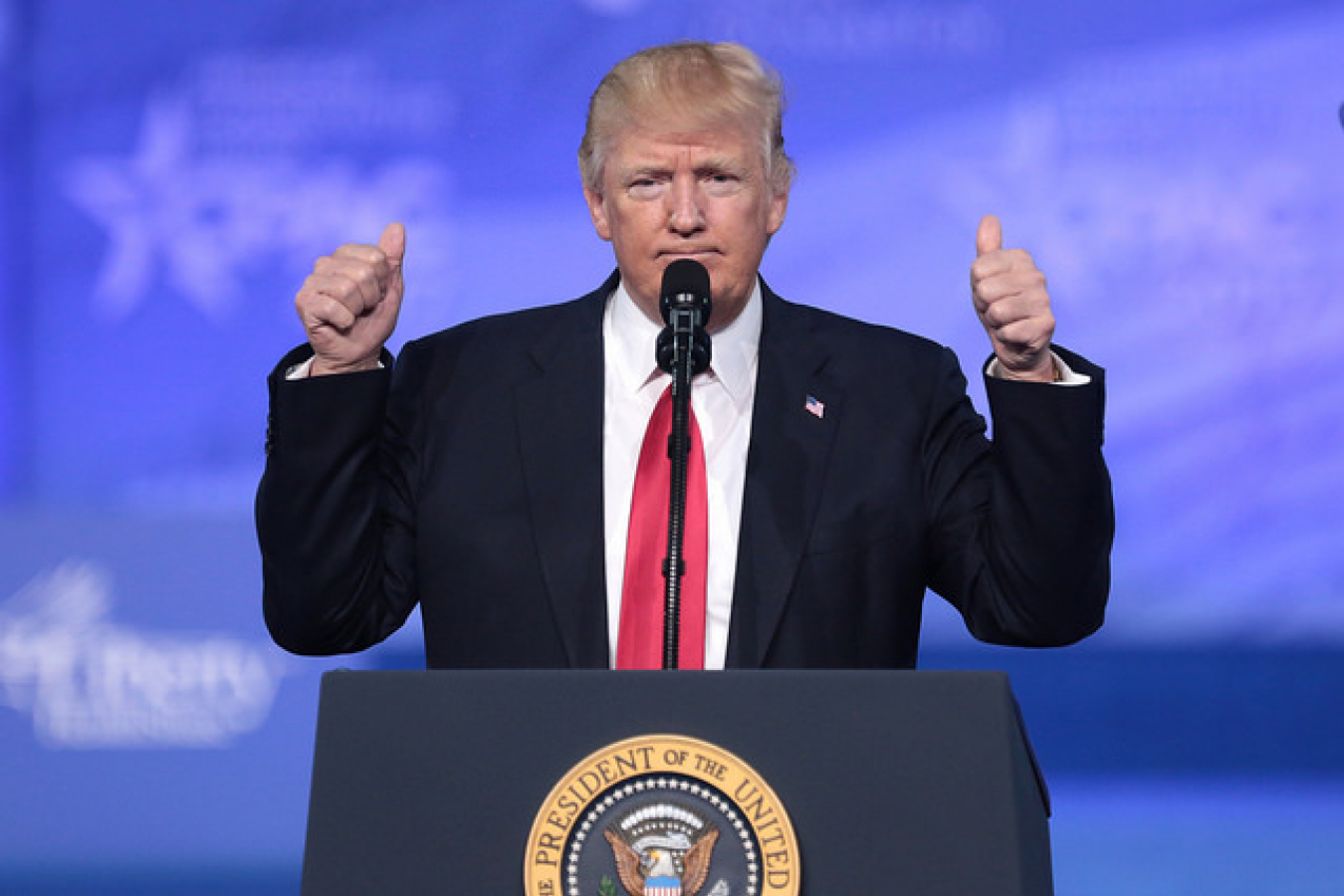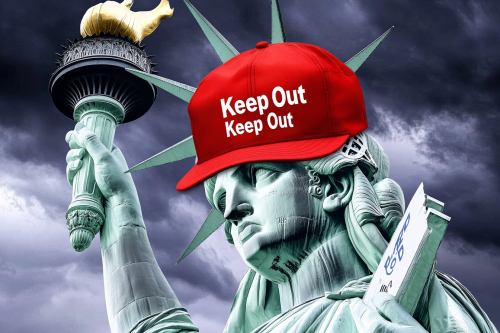United States Citizenship and Immigration Services (USCIS) has released new data showing that L1 visa petitions in the US grew for fiscal years 2015 and 2016. The L1 visa enables companies to transfer foreign employees, along with their families, from an overseas base to the United States for up to seven years for an L1A Manager and Executive.
Sanwar Ali workpermit.com comments:
Employers in the US have great difficulties employing overseas workers. The number of available US work visa options is limited. For the L1 visa the employee needs to have worked for a business with common ownership outside the US for one year in the last three years. The H1B visa is heavily oversubscribed with a lottery for the available visas in April. The E2 Treaty Investor Visa and E1 Treaty Trader visa is not available for many nationalities including Indian and Chinese nationals. Donald Trump’s policy of increased scrutiny of L1 visas and other US non-immigrant work visas will make it even more difficult for employers.
Meanwhile in the US attention seems to have focussed on various sex scandals. Roy Moore the Republican Senate candidate in Alabama has been accused of child sex abuse. Despite this President Donald Trump has put his support behind Roy Moore. There is also considerable embarrassment for the Democrats as well. There are sex assault allegations against former Democrat President Bill Clinton and Democrat Senator Al Franken.
Back in the UK there have also been allegations of misconduct. Sir Micheal Fallon resigned as Defence Secretary following allegations of sexual harassment. We have also been contacted about abusive behaviour by an organisation sponsored by the Home Office. This is not a sex abuse matter. However, the victim, like in the Harvey Weinstein case, is too scared to go public because of fear of reprisals.
In democratic societies there should surely be an expectation that Governments, and officials should behave in a fair and honourable way towards the public who fund Government. Unfortunately too much of the time organisations are more interested in covering up their failings and people are more interested in covering up bad behaviour by colleagues.
The L1A visa is to employ executives and managers, while the L1B visa is for specialized knowledge workers who have an in-depth understanding of a company’s processes, products, services and systems. One of best routes for a green card is as an international executive or manager. Many L1A executive and manager visa holders apply to adjust status to lawful permanent residence under the EB1C under the employment based immigrant visa scheme.
The L1 category is classified as a nonimmigrant visa. However, existing rules do allow foreign nationals to hold dual intent status for a temporary work assignment, eventually leading to US permanent residency.
L1 managers and executives who are regarded as high value to the US can switch to an employment green card category known as EB-1C. This is the highest priority employment green card category.
L1 visa has no annual cap
The L1 visa has no annual cap, and petitioners are not required to obtain Department of Labor certification. Furthermore, there are no rules regarding pay rates, and family members of the main L1 visa applicants qualify for work permits, while the route to a green card is arguably much more straightforward than via the H1B visa program.
According to immigration experts, employers seeking to swap low-cost, foreign workers for US workers are actively using the L1 visa program to bypass tighter restrictions being imposed on the H1B category.
However, allegations have been made that employers – particularly across the lucrative IT industry in the US – have been using L1 visas to recruit workers who possess no specialized skills, rather than bringing in managers and executives to work on new projects. The allegations have been vehemently denied by the IT sector.
USCIS L1 visa report
The recently released USCIS visa report records the total number of visas issued to individuals across all L categories. The main applicant receives an L1 visa, while any dependents are issued with an L2 visa.
According to the USCIS report, more than 100,000 L-visas have been issued annually since the year 2000. In 2016, the US State Department reported a total of 165,178 L-category visas issued, up slightly from 164,604 in 2015.
In each of those years, the data indicates that the spouses and children accompanying the main L1 visa applicants, far outnumbered the actual L1 workers. In 2016, the number of L1 visa employees amounted to 79,306. In contrast, 85,872 L2 visas were issued to L1 visa dependents (spouses and children).
In 2015, the totals were similar. 78,537 L1 visas were issued to employees, while 86,067 L2 visas were issued to their spouses and children. The USCIS data indicates that the majority of L1 visa holders arrived in the US from Asia and Europe. Of the 165,178 L1 visas issued in 2016, Asians and Europeans accounted for 130,929 of the total (approximately 80 per cent).
The data published by the USCIS was accumulated by tracking the actual number of approved petitions per employer. The data is considered valuable because it identifies those companies who are actively using the L1 visa category the most.
In 2016, the USCIS approved at least 26,108 petitions for 15,018 employers seeking employee transfers. In 2015, USCIS approved 25,530 L1 visa petitions for 14,361 employers, representing a 2.2 percent increase between 2015 and 2016.
Where are the L1 visas going?
A blog published by the Center for Immigration Studies [credit Preston Huennekens] shows the top 10 companies benefitting from L1 visas for the fiscal years of 2015 and 2016, as follows:
|
Company |
2015 |
2016 |
Two-Year Total |
HQ Office |
|
Tata Consultancy Services Ltd. |
1,606 |
1,615 |
3,221 |
Mumbai, India |
|
Cognizant Tech Solutions |
1,079 |
1,337 |
2,416 |
Teaneck, New Jersey |
|
IBM India Private Ltd. |
267 |
217 |
484 |
Bengaluru, India |
|
Infosys Ltd. |
165 |
277 |
442 |
Bengaluru, India |
|
Schlumberger Technology |
224 |
209 |
433 |
Paris, France |
|
IBM Corporation |
203 |
206 |
409 |
Armonk, New York |
|
Deloitte Consulting |
151 |
214 |
365 |
London, United Kingdom |
|
Wipro Ltd. |
138 |
220 |
358 |
Bengaluru, India |
|
Hewlett Packard Enterprise Company |
84 |
209 |
293 |
Palo Alto, California |
|
Tech Mahindra Ltd. |
134 |
136 |
270 |
Pune, India |
The findings show that seven of the top 10 companies requesting L1 visa petitions list their company headquarters outside of the US. Aside from Deloitte, the top 10 companies are predominantly IT service providers. It comes as no surprise that tech companies account for a huge majority of L-visa enterprises.
According to Huennekens’ blog, this would explain why the IT services industry in the US ‘continues to lobby policy makers to broaden the definition of the L1B category and to refrain from imposing more regulations.’
It’s no secret that L1B visa holders are paid significantly less than their US counterparts, a practice that has prompted the Trump administration to target the L1 visa category for additional scrutiny as part of the President’s ‘Buy American, Hire American’ executive order.
Unfortunately for the foreign tech companies based in the US, rising L1 visa rates will only strengthen the resolve of President Trump to tighten the noose on the L1 category. Workpermit.com recently reported that L1 US visa employers are already being subjected to unannounced site visits, with further enforcement to follow.
Workpermit.com can help with US employment-based visas
If you would like to apply for a US work visa – including L1 visas, E1 and E2 visas, B1 in lieu of H1B visas and H1B visas - WorkPermit.com can help.
WorkPermit.com is a specialist visa consultancy with over twenty-seven years of experience dealing with visa applications. We can help with a wide range of visa applications to your country of choice. Please feel free to contact us for further details.




